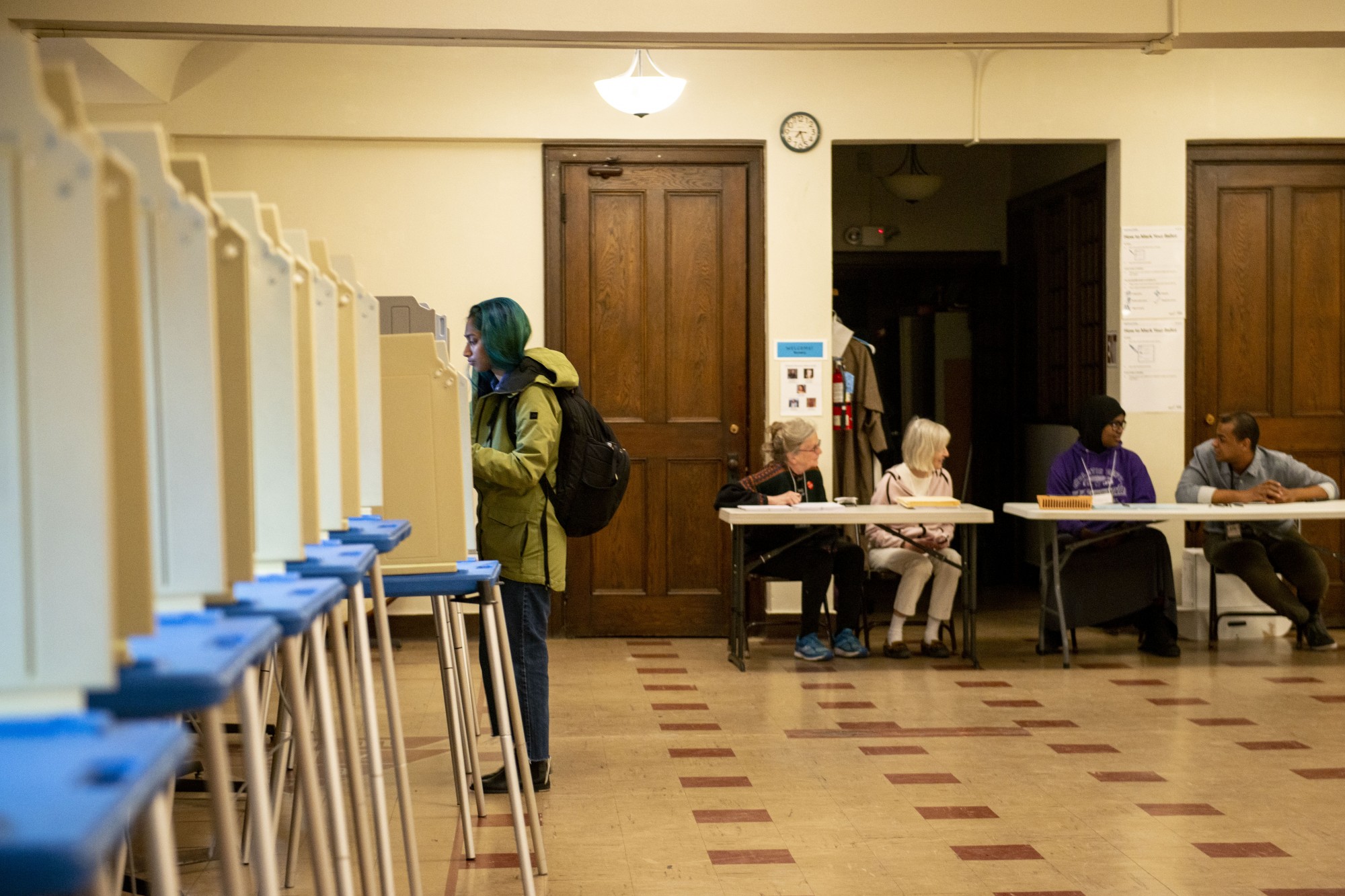The University of Minnesota has often touted its high student voter turnout in the past, but COVID-19 means engagement efforts will look different this year.
In the 2018 midterm elections, the University was ranked the top school in the Big Ten for voter turnout, with more than 58% of the Twin Cities campus casting a ballot. More recently, presidential primaries in March also saw increased turnout in University-area precincts compared to 2016. But campus leaders will have to shift away from some traditional voter outreach methods in light of the pandemic.
“Just being in Minnesota we have a really strong culture around civic engagement, and I think that starts at a young age,” said Bri Sislo-Schutta, government and legislative affairs director with the Minnesota Student Association.
Sislo-Schutta said MSA typically targets students during Welcome Week to make sure they know how to register to vote. Members also table in residence halls.
While some of these in-person engagement tactics might not be a possibility this year, Sislo-Schutta said MSA is working on ways to push the message in a way that complies with public health guidelines. MSA’s priorities this year include encouraging early voting and voting by mail.
“So our team is definitely really trying to brainstorm right now how we’re going to kind of shift our messaging because, for us, safety is the utmost priority,” she said.
In 2019, MSA also helped spearhead an automatic prompt for students to register to vote when they register for classes, which Sislo-Schutta said is all the more important without in-person registration efforts.
Last legislative session, some state lawmakers pushed for increased access to absentee voting, but these efforts failed without Republican support.
Minnesota Secretary of State Steve Simon said he encourages students to request absentee ballots to keep polling places safer for those that need to use them.
The state’s Aug. 11 primary election will help serve as a test run for how to best facilitate social distancing at polling places, Simon said. The primary can also help officials understand what staffing needs will be like come November.
With many classes continuing instruction virtually into the fall semester, students choosing to live off campus may affect the number of votes cast on campus, even if those students are still voting with a different address, Simon said.
“Could there be fewer actual raw votes in campus settings? … It’s not that fewer people are voting. They’re just choosing to vote from a different place, the place they came from, the place that maybe they went to high school at,” Simon said. “I think that’s a distinct possibility.”
David Schultz, a political science professor at Hamline University, said any kind of event that creates confusion around voter registration can affect turnout, especially for first-time voters like students.
“I think it’s going to require a lot of work on the part of the student groups,” Schultz said. “We’ve had pretty clean rules for what to do before COVID, but now there’s not really any precedent to go off of.”








